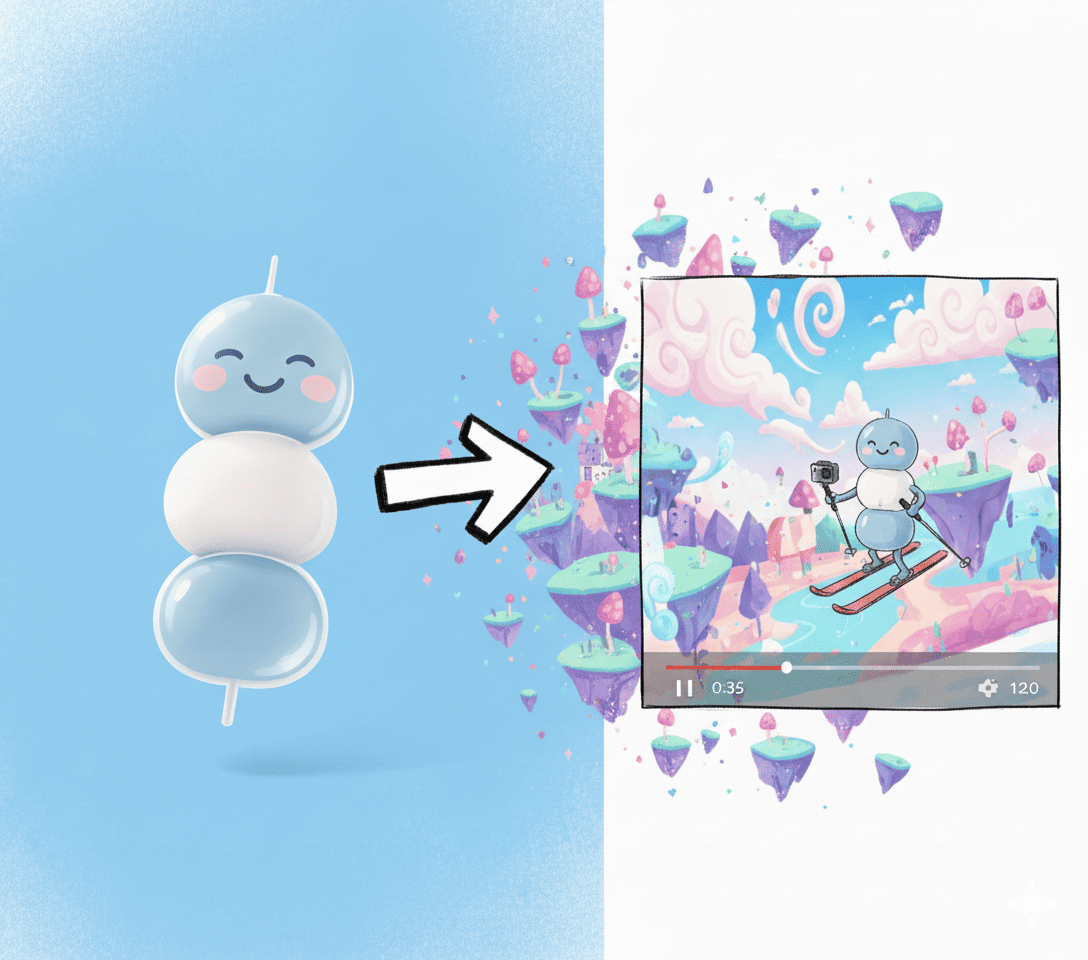
Does OpenAI also join the AI video generator market?
Does OpenAI also join the AI video generator market?
AI video generation is moving fast. Meta has just launched Vibes, and now OpenAI has entered the scene with Sora 2, a new model that combines realistic video generation with synchronised audio — plus a social app that lets people appear inside AI-created clips.
So, what exactly is OpenAI bringing to the table, and how does it compare to other players?
What is Sora 2?
Sora 2 is OpenAI’s latest video model. It generates short videos from text prompts or images, now with sound, dialogue, and realistic motion.
The model handles scene changes better than before and produces clips of up to 10 seconds with more natural physics and character consistency. In other words, less of the “floaty” look that earlier AI videos often had.
The Sora app
Alongside the model, OpenAI launched a dedicated social app called Sora.
It works a little like TikTok, but all clips are AI-generated. The standout feature is Cameos, where users can record their likeness and place themselves inside AI-created scenes. Friends can also cast each other into videos, making it more of a playful, social experiment.
The app is starting in North America with free access (limits apply) and a Pro tier coming soon.
How it differs from other AI video tools
Unlike tools such as Runway or Veo, which focus on cinematic quality and fine-tuned control, Sora is designed for quick, accessible creativity.
- Focus on social sharing: AI clips are meant to be discovered, remixed, and enjoyed in a feed.
- Cameo participation: people can insert themselves into generated scenes.
- Short-form style: optimised for quick storytelling rather than long productions.
This makes Sora less of a professional production tool and more of a creative playground.
Market context
The timing is notable. The AI video generator market is growing rapidly, with companies like Meta and Google also pushing into short-form video. OpenAI’s move shows it wants to be more than just a research player — it is building consumer-facing platforms too.
That raises interesting questions about moderation, consent, and whether people will embrace AI-driven social feeds as much as human-made ones.
Takeaway
OpenAI’s entry into AI video generation isn’t just about new features — it signals a shift in how we might interact with video itself. Instead of polished productions, Sora encourages playful, social remixing where anyone can step inside the frame.
Whether this becomes the next big content trend or a short-lived experiment, one thing is clear: video is no longer limited to cameras and editing suites. It’s becoming a medium where imagination, identity, and technology blend in real time.
 Umaru Creative
Umaru Creative